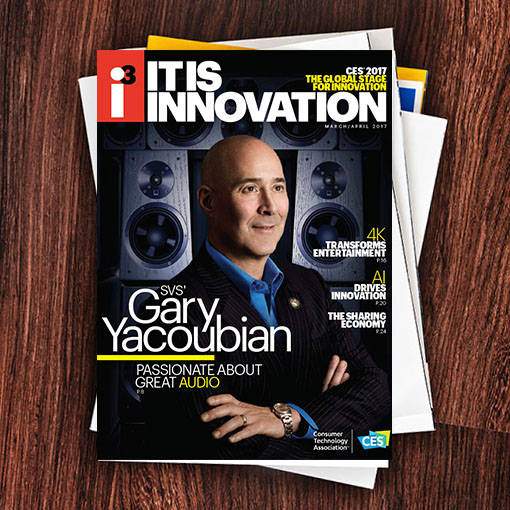Yet no relationship parallels that which we have with our neighbor to the north. The U.S.-Mexico relationship is rich, complex and diverse. Mexico is the U.S.’s second largest supplier and second largest export market. More than a million dollars a minute are traded across our 2,000-mile border, supporting nearly fi ve million jobs in the U.S. and many more in Mexico. And for every dollar that Mexico earns from exports, nearly 40 cents are spent on American goods. This high degree of U.S. content in Mexico’s exports should not go unnoticed. The undeniable reality is that our economies are profoundly intertwined.
Nowhere is this more evident than in the tech industry, which has benefitted tremendously from an open global trading system. U.S. high-tech companies lead the world economy in terms of growth and employment, and the solutions they provide enable others to compete successfully across the globe and create more and better paying jobs. Mexico is the U.S.’s largest foreign consumer of electronics (U.S. exports to Mexico totaled $43 billion in 2015) and its second largest provider of computer and electronic products and components ($58 billion in 2015). These components, once integrated in the production of final consumer electronics, bring benefi ts to U.S. companies and their workers when the products are exported to third markets or consumed domestically by U.S. families.
Undoubtedly, a stable Mexico contributes to a stronger U.S. and a more competitive North America. We have a common interest in terms of economic growth and competitiveness.
Mexico is committed to undertaking efforts to modernize NAFTA and strengthening North America’s leadership in the 21st century economy; one that is driven by digital flows, innovation and knowledge. NAFTA was just the beginning. Our trade and investment relations must be structured to maximize the competitive potential of the region. A NAFTA 2.0 should be based on three basic elements. First, a shared assessment that refl ects a balanced perception of the benefits that each country has gained. Second, a recognition that there is room for modernization. And third, a win-win proposition; the outcome of this process must generate benefits for all.
Trade agreements are tools to pursue economic growth and development, and they provide certainty and transparency among like-minded countries with shared values. We look forward to engaging with the new U.S. administration in a constructive manner, to build an ambitious platform to address new economic and business challenges not previously covered, and to preserve the confi guration of our supply chains in order to enhance North American competitiveness.

i3, the flagship magazine from the Consumer Technology Association (CTA)®, focuses on innovation in technology, policy and business as well as the entrepreneurs, industry leaders and startups that grow the consumer technology industry. Subscriptions to i3 are available free to qualified participants in the consumer electronics industry.